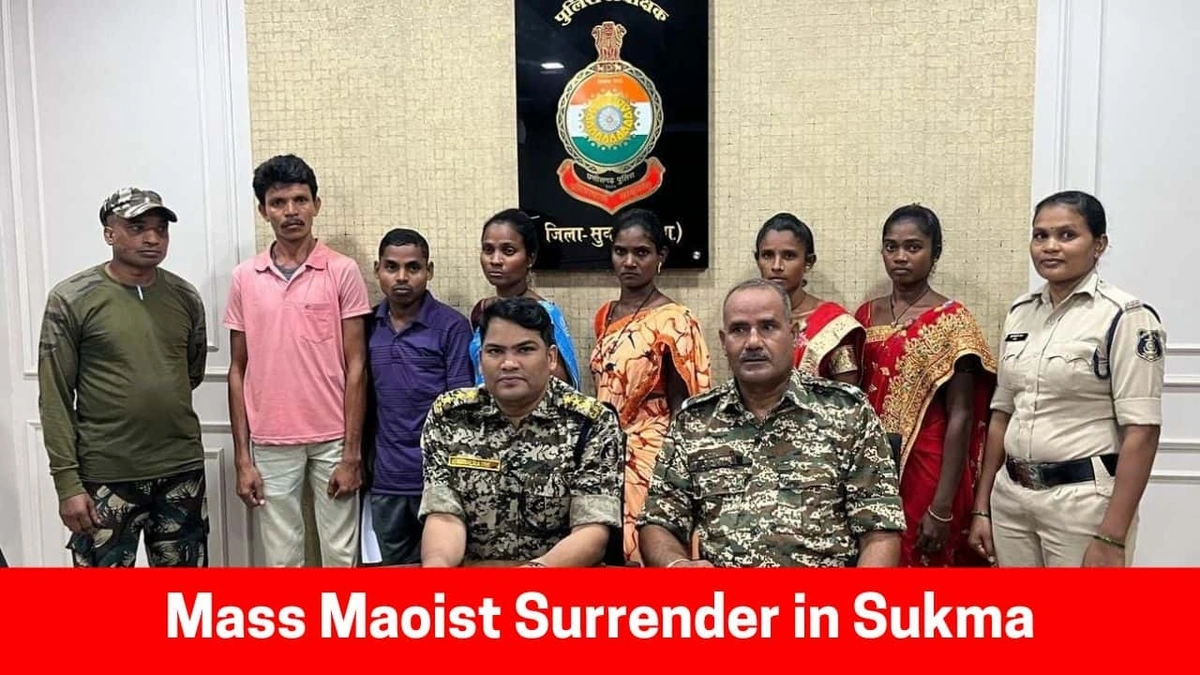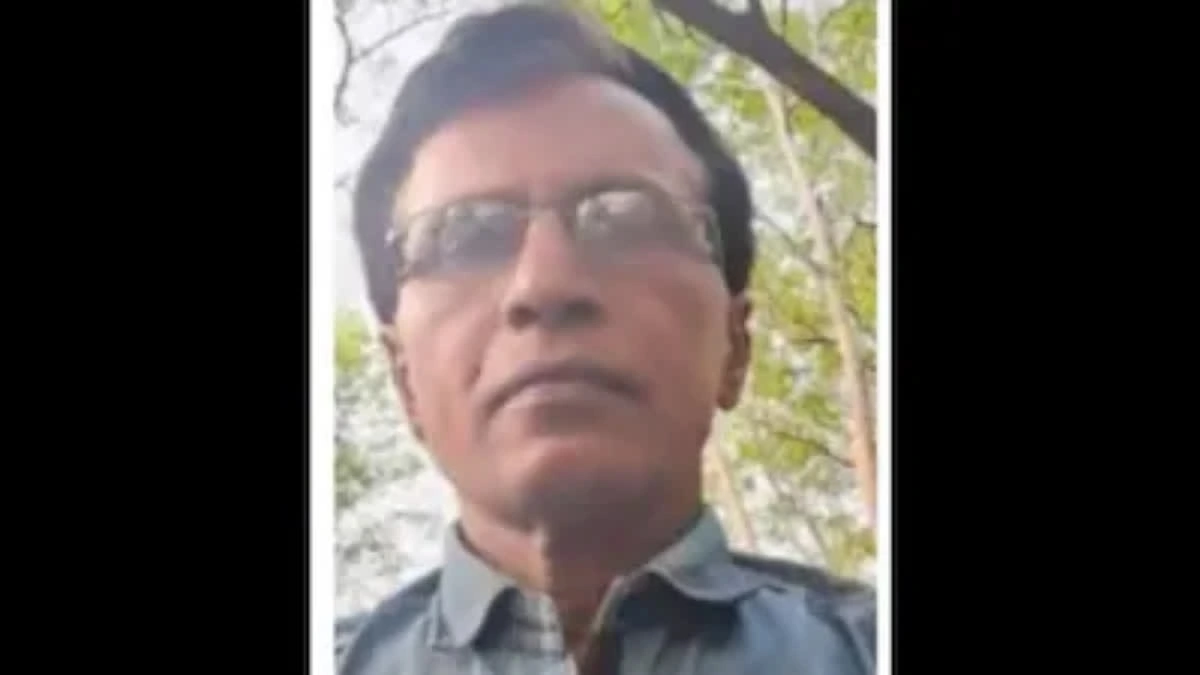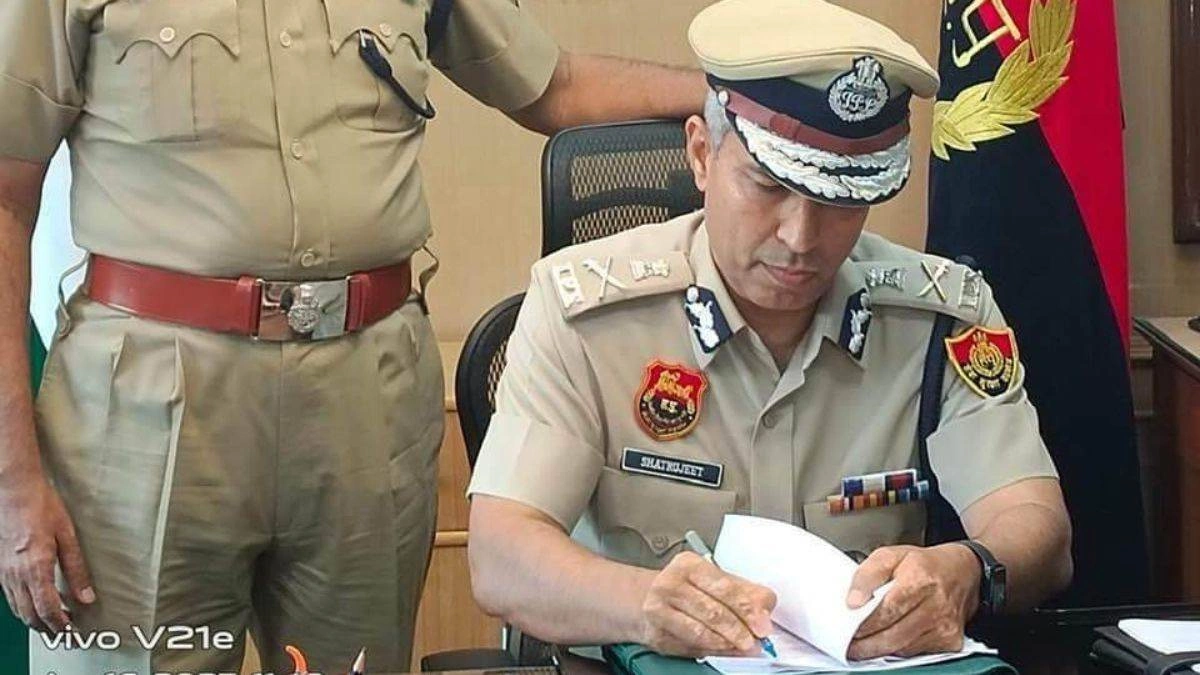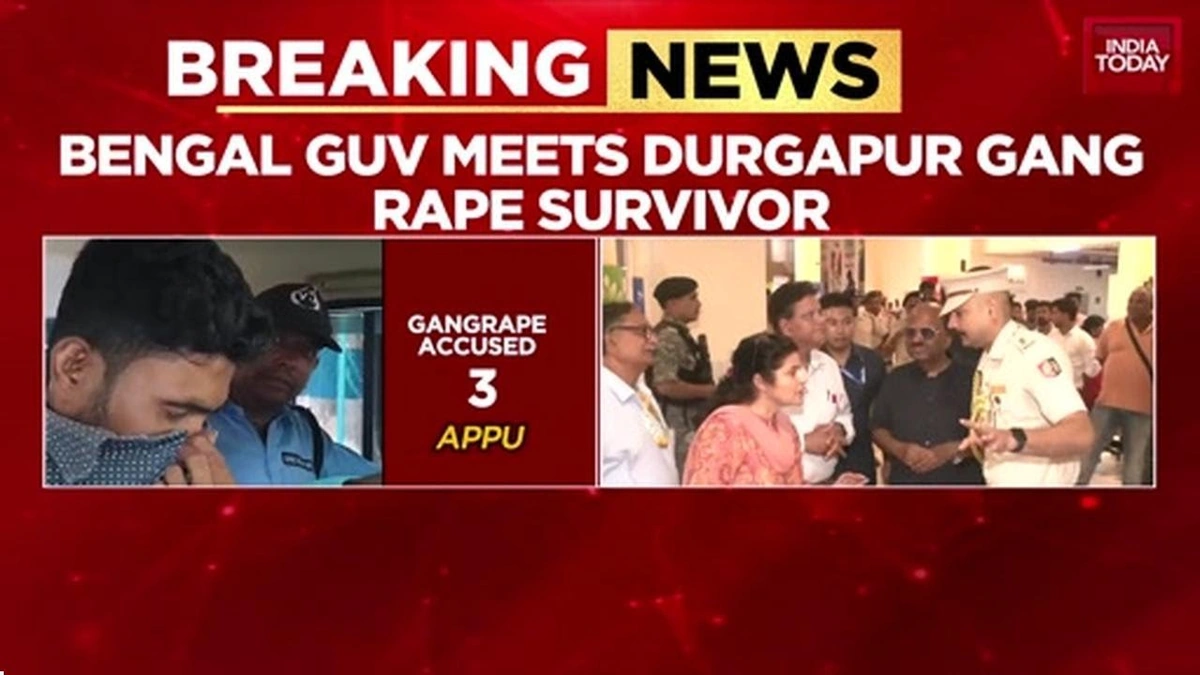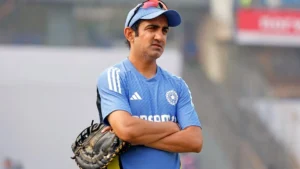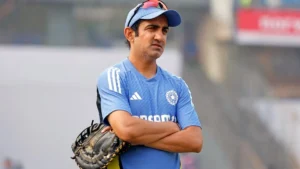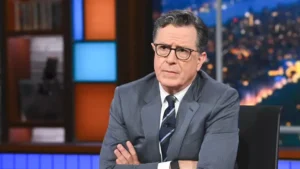Live News | Maoists Face Setback After Mallojula Venugopal Rao Surrenders
The news is buzzing: Mallojula Venugopal Rao, a prominent figure in the Maoist movement, has surrendered. But let’s be honest, headlines often miss the real story. This isn’t just about one person giving up; it’s about the shifting dynamics within the Maoist insurgency, what this Maoist surrender means for the affected regions, and frankly, what it signals about the government’s strategy. This isn’t just news; it’s a turning point.
Why This Surrender Matters | A Deeper Dive
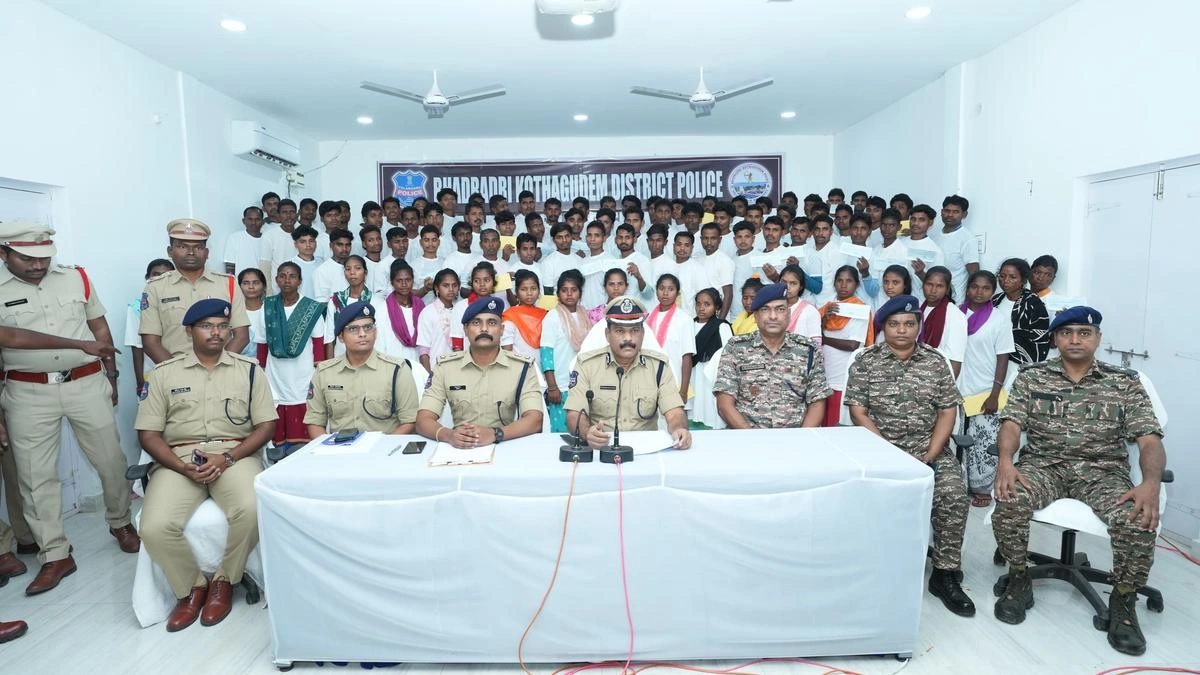
Here’s the thing: Rao wasn’t just any cadre. He held a key position, likely possessing intimate knowledge of the group’s operations, strategies, and network. This surrender could trigger a domino effect, potentially leading to more surrenders and weakening the insurgency from within. But, and it’s a big but, the government needs to play its cards right. A poorly managed surrender can backfire, emboldening hardliners and demoralizing those contemplating a return to civilian life. The impact of Maoist surrender is very huge. According to government sources, there will be rehabilitation programs for those who surrender.
Let me rephrase that for clarity: the real victory isn’t just getting someone to surrender; it’s about creating an environment where others want to surrender, where they see a viable future outside the insurgency. It’s about addressing the root causes that led them to pick up arms in the first place – poverty, lack of opportunity, and social injustice. Ignoring these underlying issues means we’re just treating the symptom, not the disease. The causes that lead to Naxalite movement are still present.
The Ripple Effect | Implications for the Insurgency
So, what happens next? The immediate impact will likely be increased intelligence gathering. Rao’s knowledge could lead to the capture of other key leaders, the disruption of supply lines, and the uncovering of hidden arms caches. But strategically, it’s a psychological blow. It chips away at the aura of invincibility that these groups often cultivate. It raises questions among the rank and file: Is the leadership losing faith? Is the struggle worth it? These are the questions that can erode morale and lead to further defections. The Maoist affected areas might see some relief.
But – and this is crucial – the government needs to be prepared for a potential backlash. A cornered animal is a dangerous animal. We might see an uptick in violence as the Maoists try to demonstrate their continued strength and relevance. The recent surrenders might trigger an increase in anti-Naxal operations .
The Government’s Strategy | A Critical Examination
What fascinates me is the government’s overall approach. Are they relying solely on military force, or are they also addressing the socio-economic grievances that fuel the insurgency? It’s a delicate balancing act. Too much force can alienate the local population and drive more people into the arms of the Maoists. Too little, and the insurgency festers. The reason for Maoist decline is multifaceted. According to a report in a leading newspaper, the decline is due to the failure of their ideology.
A common mistake I see is the failure to involve local communities in the solution. The people living in these affected areas are not the enemy; they are the key to lasting peace. They need to be empowered, not marginalized. They need to see tangible benefits from the government’s efforts – better schools, better healthcare, better infrastructure. Only then will they be willing to turn their backs on the Maoists and embrace a future of peace and prosperity.
Rehabilitation and Reintegration | The Path Forward
The success of this surrender – and future surrenders – hinges on the effectiveness of rehabilitation and reintegration programs. Are these individuals being given the skills and support they need to build new lives? Are they being protected from retribution by their former comrades? Are they being treated with respect and dignity? These are not easy questions, and the answers are often complex and nuanced. But they are essential. According to the government, there are various programs to help in the rehabilitation of surrendered Maoists .
And, the government has to ensure complete safety for those who are planning to surrender and join the main stream of life. Securing their lives is very important. What fascinates me is the lack of public discussion about this. We focus on the surrender itself, but rarely on what happens after the surrender. That’s where the real work begins. That’s how the Maoist insurgency ends.
Beyond the Battlefield | Winning Hearts and Minds
Ultimately, the fight against Maoism is not just a military one; it’s a battle for hearts and minds. It’s about convincing people that there is a better way, that their grievances can be addressed through peaceful means. It’s about building trust between the government and the governed. Andthat requires more than just bullets and bombs; it requires empathy, understanding, and a genuine commitment to social justice.
This Maoist leader surrender is a significant event, but it’s just one piece of the puzzle. The real challenge lies in creating a society where no one feels compelled to pick up arms in the first place. That’s a long and difficult road, but it’s the only road that leads to lasting peace. The causes of Naxalism has to be addressed.
FAQ Section
Frequently Asked Questions (FAQ)
What happens to Maoists after they surrender?
Typically, they go through a rehabilitation program that includes vocational training, counseling, and financial assistance to help them reintegrate into society.
Are surrendered Maoists given any kind of amnesty?
Yes, they usually receive amnesty for past crimes, except for heinous offenses. The specific terms vary depending on the state’s surrender policy.
What if a surrendered Maoist faces threats from former comrades?
The government is responsible for providing security and protection to surrendered Maoists who face such threats. They may be relocated or provided with armed escorts.
Does the government offer any financial incentives for surrendering?
Yes, many states offer financial incentives as part of their surrender policies. This is intended to encourage Maoists to lay down their arms and return to the mainstream.
What is the long-term goal of the government’s surrender policy?
The long-term goal is to weaken the Maoist insurgency, promote peace and development in affected areas, and create a more just and equitable society.
How are surrendered Maoists contributing to society after rehabilitation?
Many have found employment, started their own businesses, or become involved in community development initiatives, demonstrating their commitment to building a better future.
